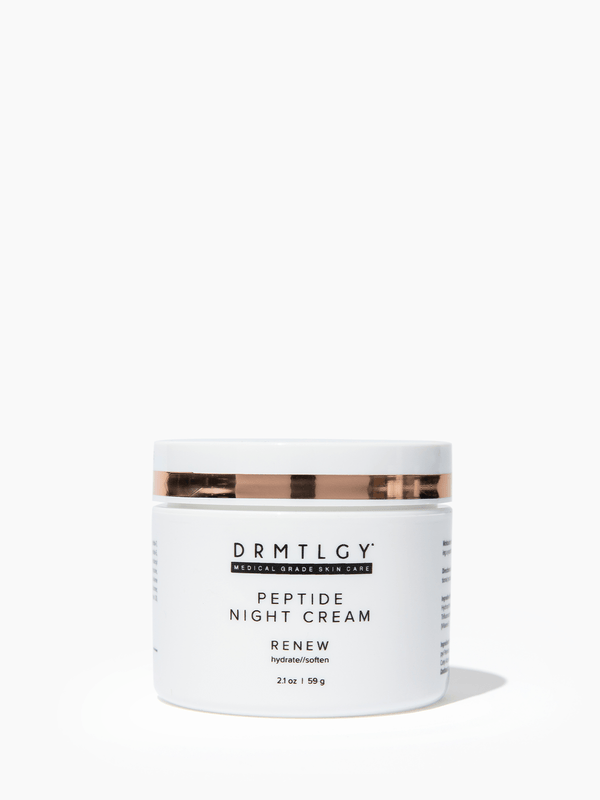Ask A Dermatologist
Physical vs. chemical exfoliation
Physical and chemical exfoliation are two different approaches to removing dead skin cells and promoting skin renewal. Each method has its benefits and considerations. Here's a comparison of physical and chemical exfoliation:
1. Physical Exfoliation:
-
Mechanism: Physical exfoliation involves using abrasive particles or tools to physically slough off dead skin cells from the skin's surface.
-
Examples of Physical Exfoliants:
- Scrubs with granules (e.g., sugar, salt, microbeads)
- Brushes or cleansing devices
- Exfoliating gloves or sponges
-
Benefits:
- Immediate smoothing effect
- Improved circulation
- Enhanced product penetration due to a smoother surface
-
Considerations:
- Can be too abrasive for sensitive or delicate skin
- Overuse may lead to irritation or microtears in the skin
- Not recommended for certain skin conditions (acne, rosacea)
2. Chemical Exfoliation:
-
Mechanism: Chemical exfoliation involves the use of chemical substances, such as alpha hydroxy acids (AHAs) or beta hydroxy acids (BHAs), to dissolve dead skin cells and promote cell turnover.
-
Examples of Chemical Exfoliants:
- AHA: Glycolic acid, lactic acid
- BHA: Salicylic acid
- Enzymes: Papain (papaya), bromelain (pineapple)
-
Benefits:
- Effective at addressing various skin concerns (acne, hyperpigmentation, fine lines)
- Generally gentler than harsh physical exfoliants
- Can be suitable for sensitive skin (depending on the formulation)
-
Considerations:
- Increased sensitivity to the sun; use sunscreen is essential
- Some individuals may experience mild irritation or dryness
- Gradual introduction is recommended for beginners
Choosing Between Physical and Chemical Exfoliation:
-
Skin Type:
- Physical exfoliation may be suitable for those with normal to oily skin.
- Chemical exfoliation can be tailored to different skin types, including sensitive or dry skin.
-
Skin Concerns:
- Chemical exfoliation is often preferred for addressing specific concerns like acne, hyperpigmentation, or fine lines.
-
Frequency:
- Physical exfoliation may be done 1-2 times a week.
- Chemical exfoliation frequency can vary but is typically done a few times a week, depending on the product's strength.
-
Combination Approach:
- Some individuals may benefit from a combination of both methods, using physical exfoliants less frequently and incorporating a mild chemical exfoliant into their routine.
It's crucial to patch-test new products, introduce exfoliants gradually, and be mindful of any signs of irritation. If you have specific skin concerns or conditions, consulting with a dermatologist can help you determine the most suitable exfoliation routine for your skin.















